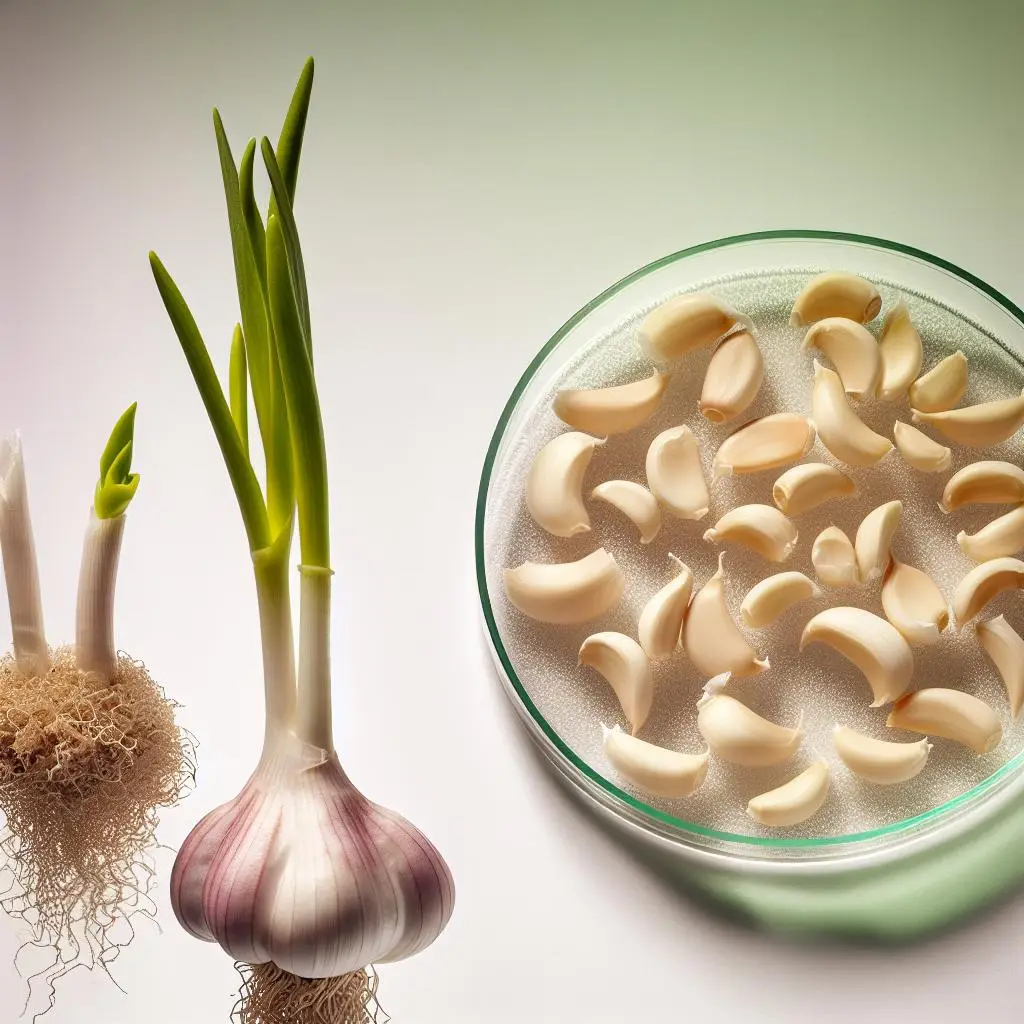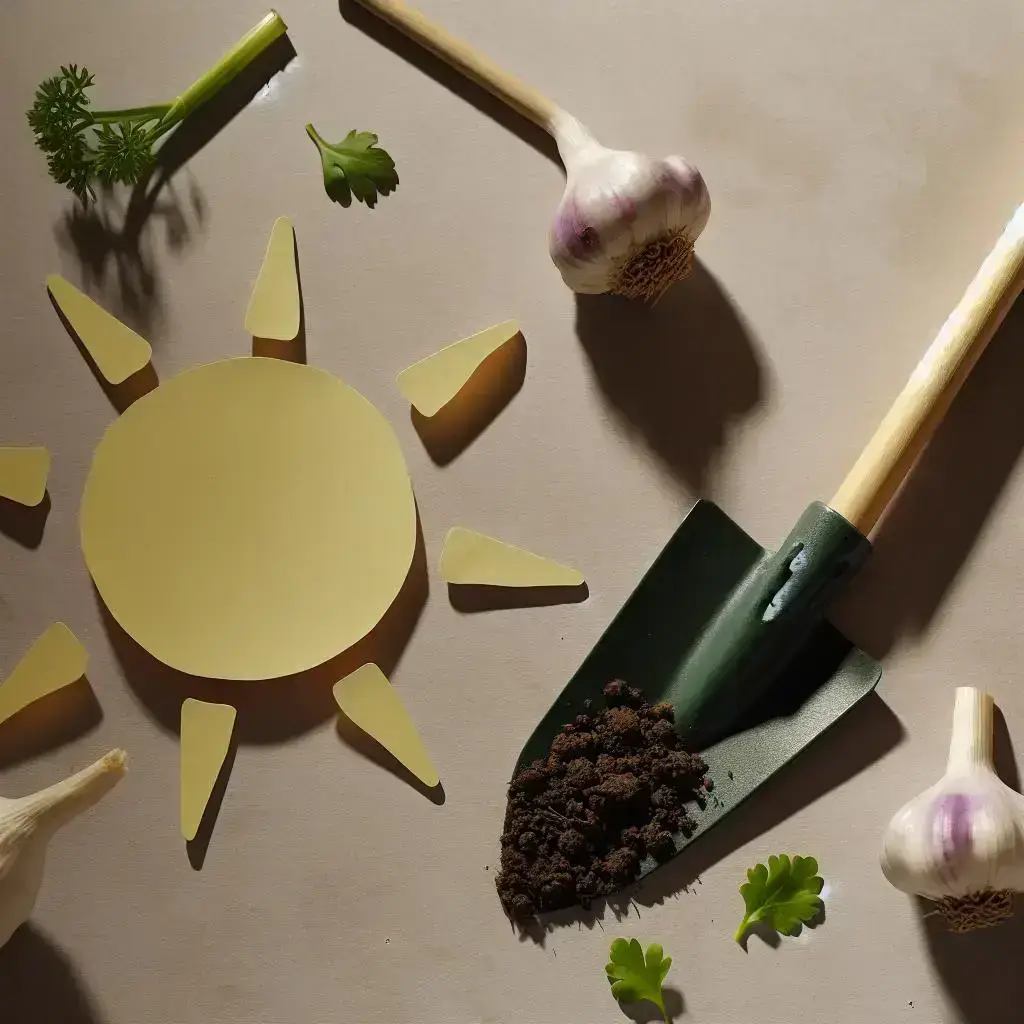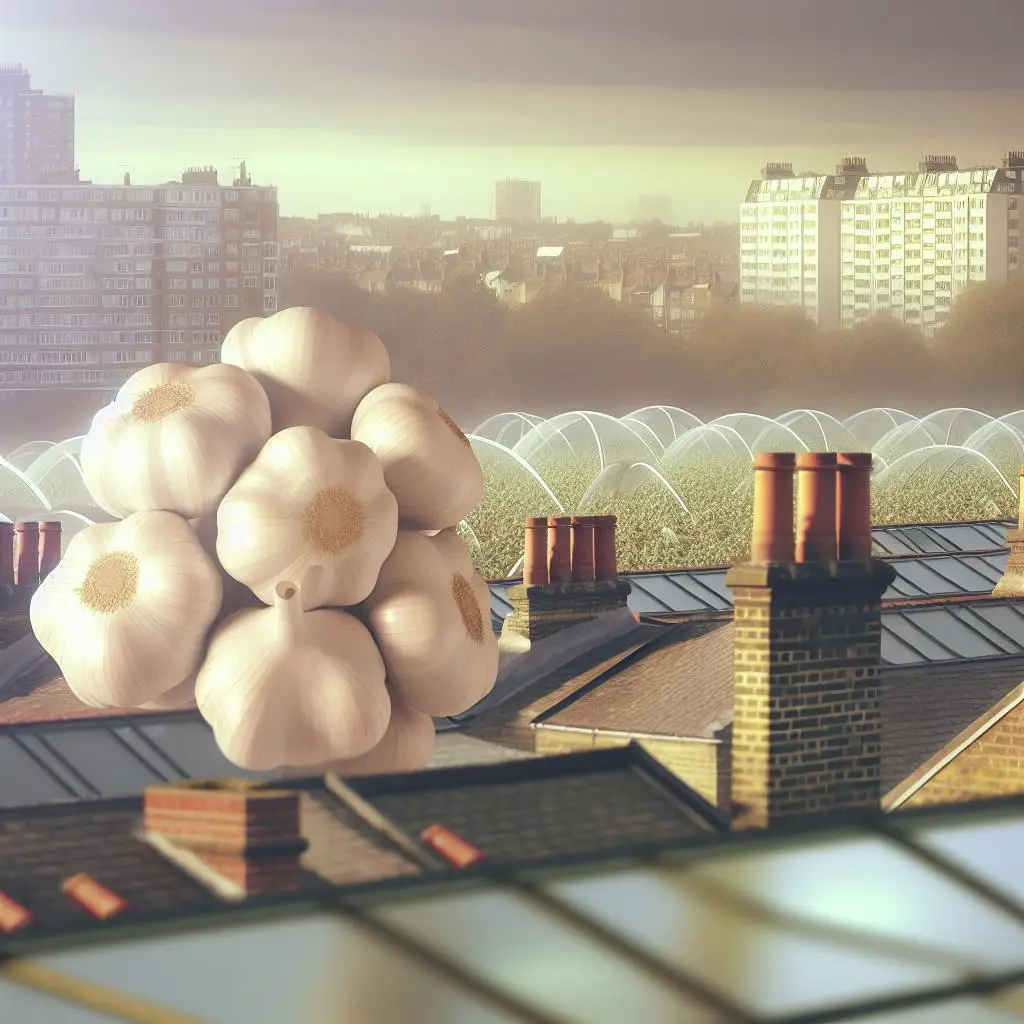Unveiling the Hidden Chemistry: Garlic and Metal Interactions in Your Kitchen
Garlic is undeniably a kitchen staple, loved for its pungent aroma and health benefits. But did you know that garlic’s chemistry can interact with your cookware and utensils, influencing both flavour and safety? For home cooks and garlic enthusiasts, understanding these interactions can elevate your culinary game while ensuring your kitchen remains safe and efficient.
The Science Behind Garlic and Metal Reactions
Garlic contains sulfur compounds such as allicin, which are responsible for its distinctive smell and health properties. When garlic comes into contact with certain metals—especially reactive ones like aluminium, copper, or iron—chemical reactions can occur. These reactions may cause the garlic to develop a metallic taste or, in some cases, lead to the leaching of metal ions into your food.
For example, cooking garlic in uncoated copper or aluminium pans can sometimes result in a slight metallic flavour, especially if the garlic is chopped or crushed beforehand, increasing surface contact. While these effects are generally mild, repeated exposure over time may impact both the taste and the integrity of your cookware.
Impact on Flavour and Food Safety
Beyond taste, there are safety considerations. Metal leaching, especially from uncoated or damaged cookware, can introduce trace metals into your food. Although the amounts are typically low, prolonged exposure to certain metals—like copper or aluminium—may pose health risks, particularly for vulnerable groups.
To mitigate these issues, many chefs prefer non-reactive cookware such as stainless steel or ceramic for garlic preparations. Additionally, using garlic roasters or garlic-specific tools can help preserve garlic’s natural flavour without unwanted metallic notes.
Practical Tips for Garlic and Metal Use
Choose the Right Cookware
Opt for stainless steel, ceramic, or enameled cast iron pans when cooking garlic. These materials are non-reactive and prevent unwanted chemical interactions.
Handle with Care
Inspect your cookware regularly for damage. Scratched or chipped surfaces can expose reactive metals, increasing the risk of leaching.
Use Appropriate Tools
When chopping or crushing garlic, consider using garlic presses or garlic tools made from stainless steel or other non-reactive materials to minimise contact with metals.
Historical and Cultural Perspectives
Historically, garlic has been used in various cultures not just for culinary purposes but also for medicinal and ritualistic reasons. In ancient Egypt, garlic was prized for its preservative qualities and health benefits, often stored in clay or stone containers that didn’t react with its compounds. Today, modern cookware choices echo this tradition, favouring materials that preserve garlic’s purity and flavour.
Conclusion: A Small Interaction with Big Implications
While the interaction between garlic and metals might seem minor, it underscores the importance of mindful kitchen practices. By choosing the right tools and cookware, you can enjoy garlic’s full flavour and health benefits without unintended side effects. After all, in the world of garlic, even the smallest details can make a big difference.
Explore our range of products designed to help you get the most from your garlic experience—whether it’s peeling, chopping, or storing—so every meal is a celebration of flavour and safety.
















